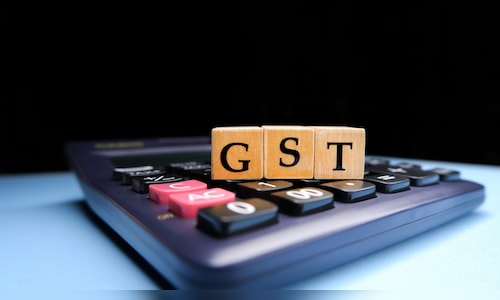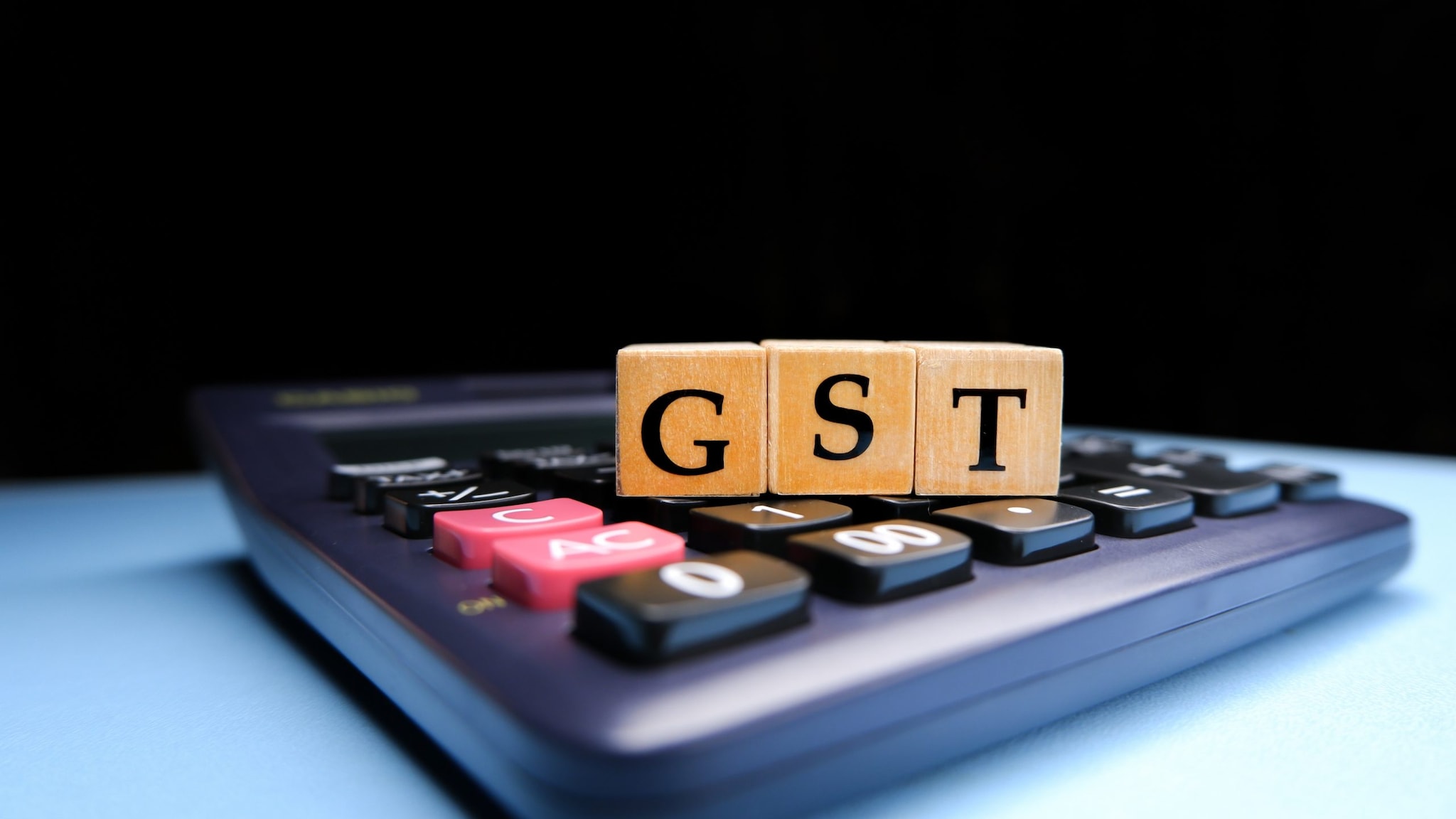

| Company | Value | Change | %Change |
|---|
For context, GST collections in September, October, and November 2024 were ₹1,73,240 crore, ₹1,87,346 crore, and ₹1,82,269 crore, respectively.
The year-to-date (YTD) GST collections now stand at ₹16,33,569 crore, reflecting a 9.10% increase over the same period last year. Despite this growth, collections are 18.98% short of the total projected collections for the fiscal year 2024.
The festive season (August to December) registered an 8.24% increase in GST collections compared to the previous year. However, the growth rate during this period has been slowing for the fourth consecutive year: 22.33% in 2021, 19.01% in 2022, 11.95% in 2023, and 8.24% in 2024.
#NewsFlash | December #GST Collections Up 7.3% At ₹1.76 Lk Cr (YoY)#GSTCollection pic.twitter.com/8PC0ExwMZJ
— CNBC-TV18 (@CNBCTV18Live) January 1, 2025
Expert insights on December 2024 GST collections
Saurabh Agarwal, Tax Partner, EY: “India’s recent GST collections have slowed slightly, which is typical after the holiday season. This aligns with expectations, given the gradual decrease in consumer spending over recent months. Interestingly, several states and union territories, including Jammu & Kashmir, Himachal Pradesh, Sikkim, and the Andaman & Nicobar Islands, are witnessing strong GST revenue growth, signalling positive economic development.
The government’s higher GST refunds for exports indicate increased export activity. At the same time, lower growth in GST collected on imports may reflect reduced reliance on foreign goods, partly influenced by the strengthening of the dollar. These trends align with the ‘Atmanirbhar Bharat’ initiative, which focuses on boosting domestic production for sustainable economic growth.”
Pratik Jain, Partner, PwC India: “While YTD domestic GST growth till December 2024 is over 10%, the growth for imports is only 2%. Additionally, export-related refunds have increased substantially. With the slowdown in collections, it will be interesting to see if the government announces measures to boost consumption in the upcoming budget. Rationalizing GST rates, a topic under review by the GST Council could be one way to achieve this.”
Abhishek Jain, Indirect Tax Head & Partner, KPMG: “The 7.3% GST collections growth reflects a slowdown in GDP growth. However, with GDP growth expected to pick up in the next quarter, GST collections should mirror this trend.”
Vivek Jalan, Partner, Tax Connect Advisory Services LLP: “GST reflects the spirit of federalism and is now progressing toward ‘competitive federalism’ between the Centre and states. Data shows that while state GST (SGST) formations oversee 40% more GSTINs than Centre GST (CGST) formations, SGST collections outpace CGST collections by just 13%.
The YTD year-on-year GST revenue growth is 10.8% for CGST formations and 9.6% for SGST formations. This disparity might prompt the GST Council to review taxpayer allocation between Centre and states.”
MS Mani, Partner, Deloitte India: “Despite an 8.6% year-on-year growth in overall GST collections, it’s noteworthy that refunds have increased by 13.5% year-on-year. This reflects a stable GST framework and robust refund processing systems.
However, the below 5% growth in key states such as Uttar Pradesh, Bihar, West Bengal, Gujarat, and Madhya Pradesh could concern policymakers. They may need to analyse sectoral contributions to GST collections in these states to address underlying issues.”



